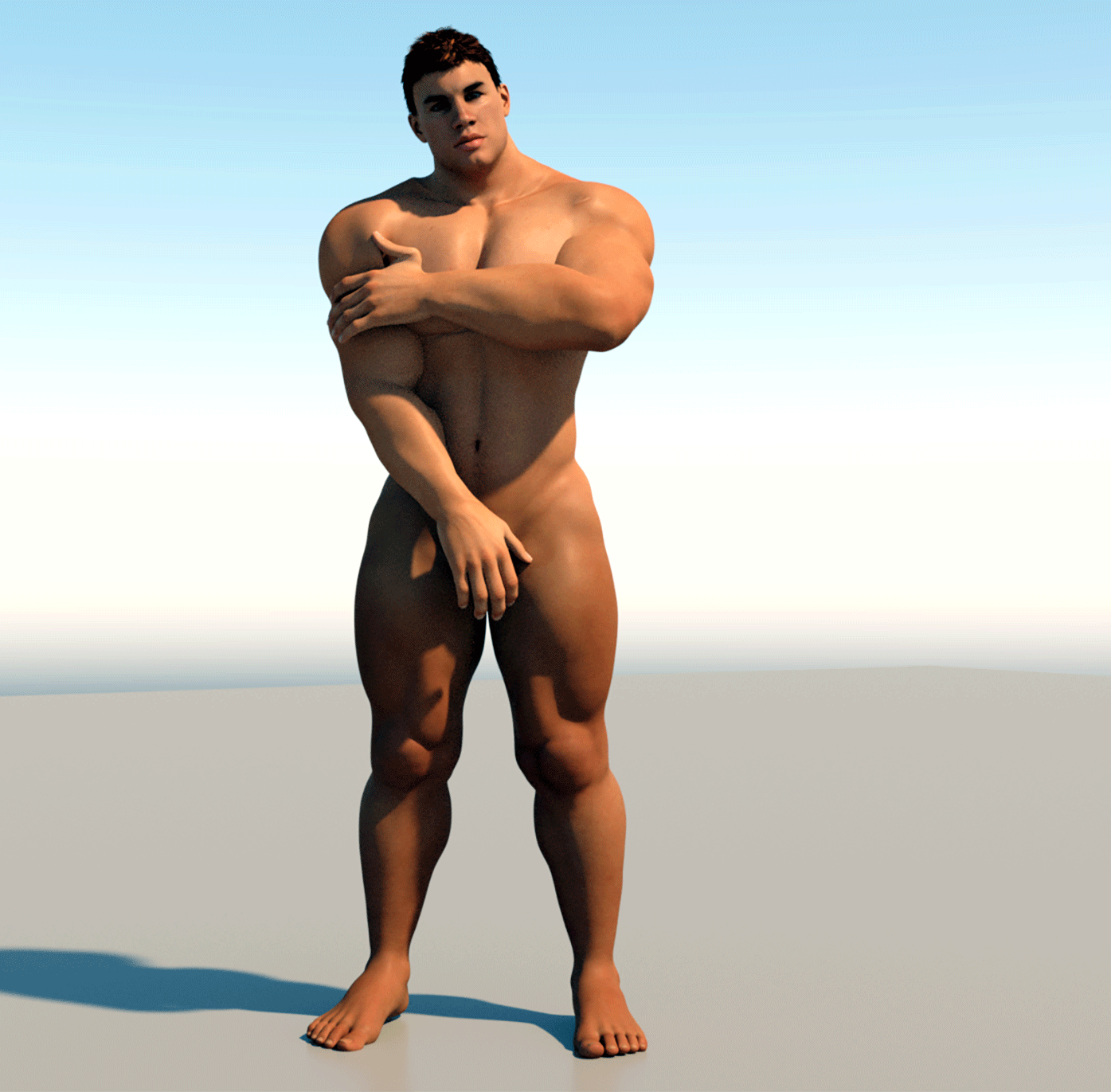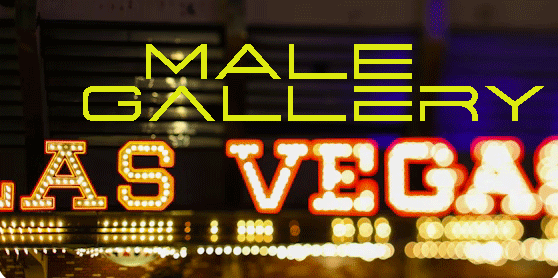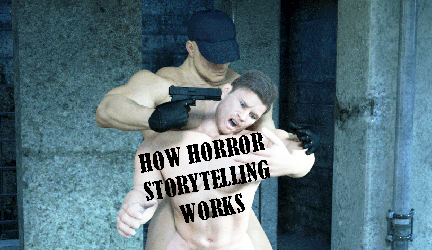
As is typical of the bara underground art genre, Madeira Desouza's artworks are known for featuring hypermasculine men, muscular, aggressive and sexualized, often in stark contrast to the conventional portrayal of masculinity in mainstream media, The art of Madeira Desouza challenges the traditional notions of masculinity as a stoic and dominant force, instead portraying it as complicated, fluid, and at times unstable. S06E02. (12 minutes, 22 seconds.)
Full Transcript:
Host: Hello and welcome. The name of this podcast series is “Taboo Truths and Tales.” This podcast is marked explicit. “Taboo Truths and Tales” is hosted by Madeira Desouza. That's me. Some of you may know me by my nickname as Woody. Whatever you want to call me, I welcome you here to this podcast. Now let's get started. Thank you.
Announcer 1: Let's start with a simple four-letter word. No, I am not talking about the particular four-letter word you may have in your mind right now. The four letter word that I want to talk about is bara -- spelled b-a-r-a. This little word comes to us from Japan. In Japanese, the word bara means rose. As in the flower.
This word bara refers to a renegade underground art genre. It was a code phrase to express Japanese heterosexual prejudice against gay men, but that was proudly adopted as the name of a popular gay men's print magazine published from 1971 to 2004.
The term bara is commonly used throughout the Western world, but not nowadays in Japan. One significant trait is that works in the bara genre depict men in peril, and such works are produced by gay men for gay men.
This completely differs from yaoi, which is created by female storytellers and artists for female audience. At its core, the bara underground art genre is renegade art that pushes back and opposes other more plain vanilla art.
This genre continues to evolve and influence contemporary art practices. Artists around the world are drawing inspiration from the genre's themes of masculinity, eroticism and queer identity. The genre has also had a significant impact on the representation of LGBTQ identity in art, challenging traditional gender and sexuality norms.
Madeira Desouza pushes the limits of LGBTQ storytelling by taking bara as far as is possible to go. The artist and storyteller creates stories in text and images about masculine men involved with one another to provoke the viewer. He explains that he has seen all his life how straight people do not like to see masculine men showing affection towards one another.
Straight people will accept drag shows and comedies about effeminate gay men. And why not? Those are completely nonthreatening and humorous, but if masculine men are depicted in a story or images showing sexual interest in one another, oh wow, that suddenly becomes very threatening to straight people.
Some gay men Madeira Desouza has encountered over many years also find it uncomfortable to witness masculine men showing sexual interest in one another. Some gays even relegate such masculine men to the pejorative category of being “too butch.”
For all of these reasons, Madeira Desouza chooses to provoke the viewer or reader in his stories and illustrations, as is commonly experienced within most works coming from many other underground artists and storytellers.
Announcer 2: As an openly gay male Las Vegas artist, Madeira Desouza consistently creates artworks which present a unique and challenging representation of masculinity. And as is typical of the bara underground art genre, Madeira Desouza's artworks are known for featuring hypermasculine men, muscular, aggressive and sexualized, often in stark contrast to the conventional portrayal of masculinity in mainstream media, the art of Madeira Desouza challenges the traditional notions of masculinity as a stoic and dominant force, instead portraying it as complicated, fluid, and at times unstable.
Interviewer: Your storytelling is characterized by a certain level of unhappiness and conflict and struggles that characters must endure. Sometimes they survive, other times not. There can be fatal outcomes, or at least outcomes that are not too pleasant for the character. Is this characterization something you would agree with?
Madeira Desouza: Yeah, it is true. That's the kind of story that I tell. It's the kind of characters I create. They are deliberately depicted by me in a story in which it's not going to be a pleasant outcome necessarily. It could be very sad, it could be very hurtful, it could end suddenly and unexpectedly for the character.
Announcer 2: One of his most representative works is known as “Vice City,” even though that was never the title provided by the artist, himself.
Announcer 1: In the 3D digital art image, there are six muscular men with either shaved heads or military style haircuts, and some have strongly masculine tattoos. The men in the digital rendering appear as though they were photographed at the entrance to a resort casino on the Las Vegas Strip.
In this image you see these guys all are shirtless and their beefy bodies draw attention to exaggerated muscles and sexual appeal. This kind of depiction of men is what Madeira Desouza does consistently showing his ideal of masculinity. He depicts male characters who reveal well-defined muscles and aggressive energy. These male characters can be understood as representing an idealized man or most desirable man.
However, Madeira Desouza's depiction of male masculinity in “Vice City” and also in his other works takes a different term from what is typical of male character depictions online. His work show an emphasis on the male body is not only for the obvious sexual appeal, but also for showcasing a sense of vulnerability and exposure.
The artist challenges the traditional representations of masculinity while questioning the societal paradigms that define masculinity. Madeira Desouza's artwork presents men as vulnerable, emotionally complex beings who are subject to desire and are shaped by their surroundings.
Madeira Desouza's art is in opposition to traditional notions of masculinity because it emphasizes the complexity and diversity which shape masculinity that can be found in day-to-day human life. By depicting men who may not conform to the heteronormative understanding of masculinity, he highlights the fluidity of gender and sexuality, and how these elements are merely social constructs rather than fixed, unchanging identities.
Interviewer: You created the characters so do you think you might subconsciously be punishing yourself since they do not actually exist? Your characters are in fact best explained as extensions of your own thinking and desires and personality.
Desouza: Well (laughing), yeah, I guess it is me. I'm the one who's coming up with the situations. You know, I create a character and I put him into a situation and he suffers or not and am I punishing him? I don't know. It is myself. Of course I'm the author, I'm the artist. So there's no one else in this process, you know. So it's all self-inflicted. So perhaps it would be accurate to say that I am doing something to myself when I do something to a character that I have created. Because the character did not create himself. I created him. And so what happens to him is directly my doing.
Announcer 1: Madeira Desouza's artwork is influenced by the cultural and societal shifts he witnesses as a gay man living in Las Vegas, where masculinity is often exaggerated and performed for a public audience. One real life and vivid example of masculinity performances in Las Vegas is on Fremont Street, where male street performers invite visitors to pay $20.00 for the opportunity to kick them in their balls and then stand by to watch how they react.
Desouza: The genre of underground art that I rely upon is bara. B-A-R-A. And that is a very violent it's a very violent way of looking at life. And I didn't come up with this. It's something that developed in Japan in the twentieth century. And I depict images, stories of bad things happening to manhood.
Interviewer: You can choose to create any kind of male character you want. Total freedom. No boundaries holding you back. You seem to choose to create male characters who genuinely are no more well behaved compared to real-life men we may meet every day. It probably is accurate to state that you create men who are greatly flawed, who are not very civilized at all. And just maybe it turns out that they are on the path to injuring themselves or destroying themselves directly because of personal choices they make.
Madeira Desouza: Yeah, exactly. I think much of human suffering and pain, emotional pain. You know, we're sad about the outcomes. It comes down to our own choices, our own behaviors. It's mostly I think self-inflicted and it is a path to injury of oneself. It can be. It also can be a path to self-destroying if we are not careful. And I think that is part of the reason for my I guess you could say bizarre storytelling and images that are controversial and violent and not prosocial. I think the reason is to illustrate that maybe it's time to think carefully about the choices we make in life so that we don't injure ourselves or we don't destroy ourselves. Or, you know, maybe that's just too much philosophy. Maybe I just do what I do because people find it, the storytelling and the images, that is because people find it enjoyable to look at and to read. It may be no more complicated than that.
Announcer 1: Ultimately, Madeira Desouza's art presents a strong opportunity to rethink masculinity in a way that is based upon real world traits that men genuinely show, not what social theorists want us to believe about male behaviors. His art is a provocative and formidable exploration of male gender, power and sexuality. He uses complex and controversial themes in ways that defy and poke fun at conventional norms and beliefs while also raising important questions about representation, objectification, and the physical and emotional harm that men can and do cause other men.
As an LGBTQ artist, Madeira Desouza's work is inherently political and socially combative since his art pushes against the binary constraints of gender and queer identity. Madeira Desouza's art offers an alternative and unconventional representation of masculinity by questioning the traditional notions of who men are supposed to be and why.
Through his artwork, he proves the uselessness of the toxic masculinity claims made by feminists and he creates space for diversity and fluidity in the understanding of male gender specific roles and behaviors.
His art encourages critical thinking and challenges viewers to consider their own beliefs and biases that form the basis for perceptions of masculinity.
And there you have it. We started with a simple four-letter word spelled b-a-r-a. You can explore the unforgettable world of the bara underground art genre by browsing the works of Las Vegas artist and storyteller Madeira Desouza. Go to his website which is MadeiraDesouza.com. Or you can use your favorite search method using keywords “Madeira Desouza.” Let me give you that web address once again: MadeiraDesouza.com.
Thank you for listening. Be sure to tell someone about this podcast so you can share what you have experienced here today.




